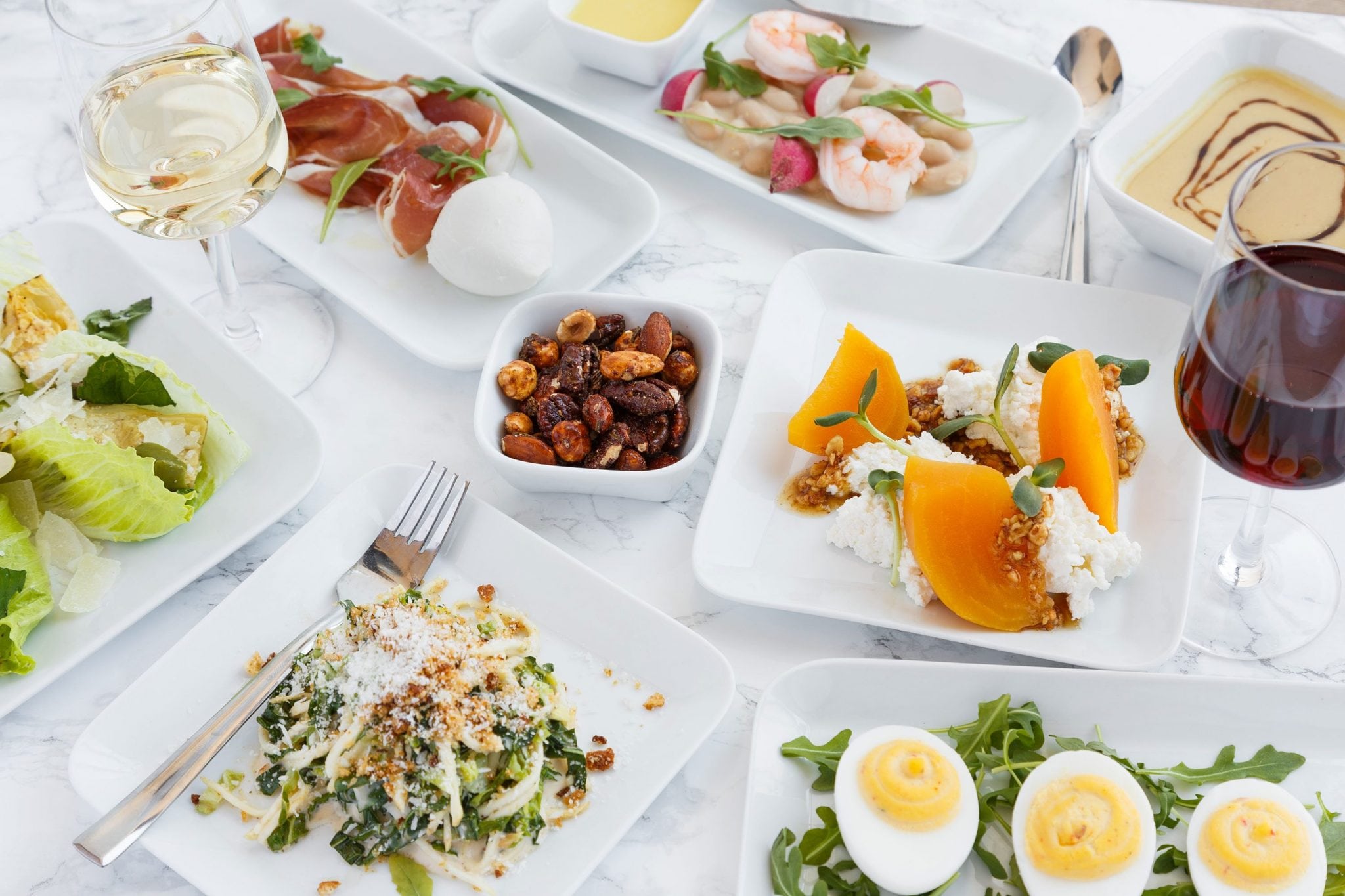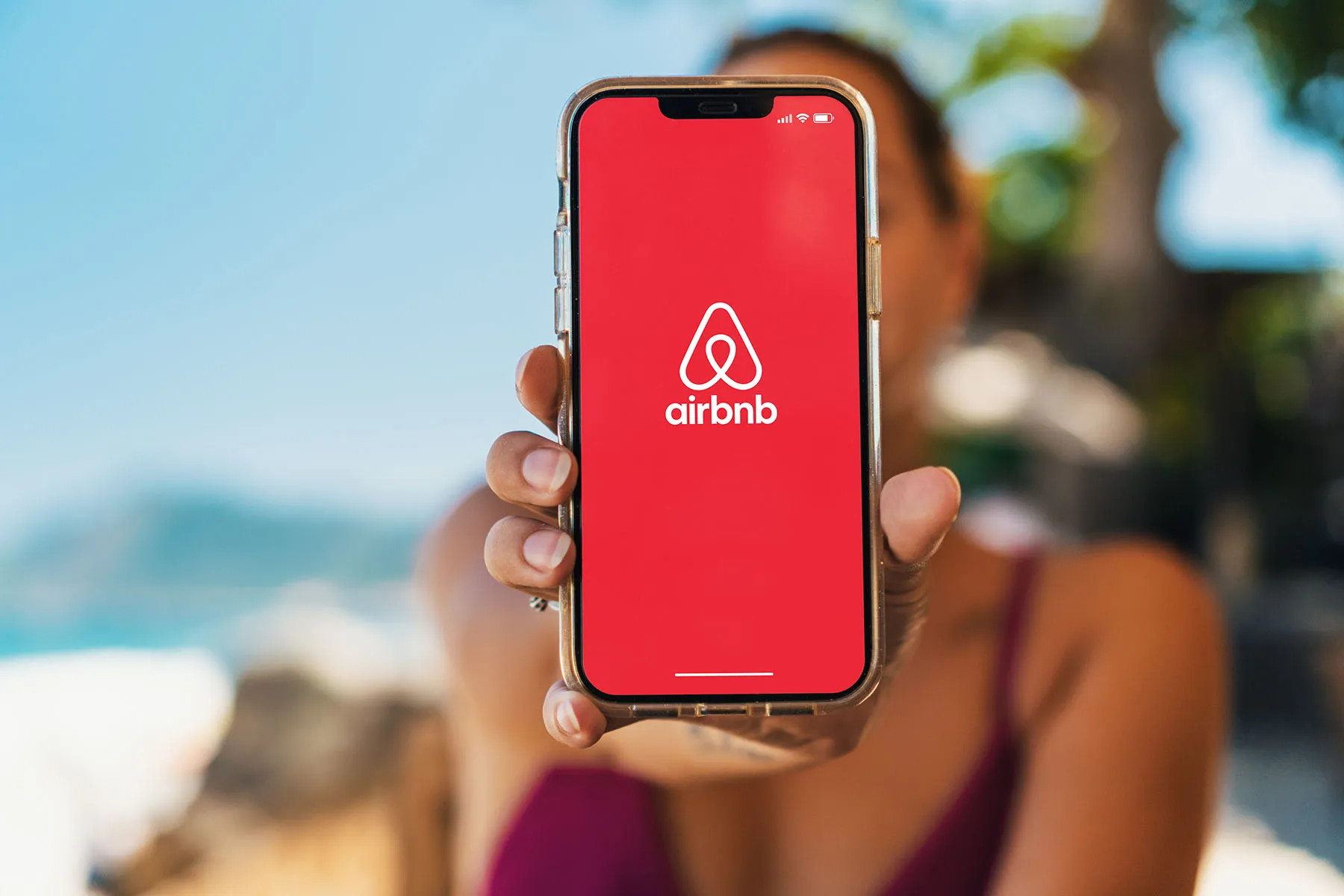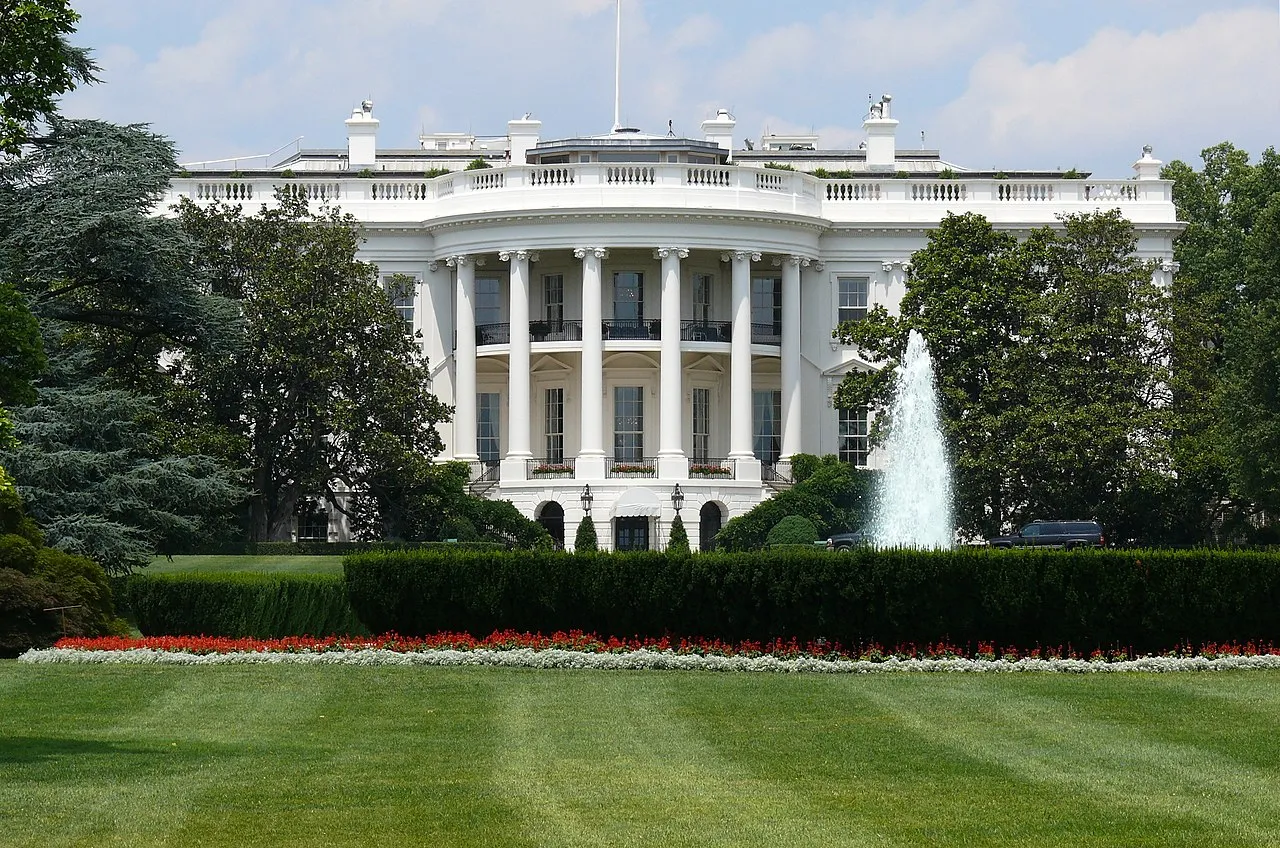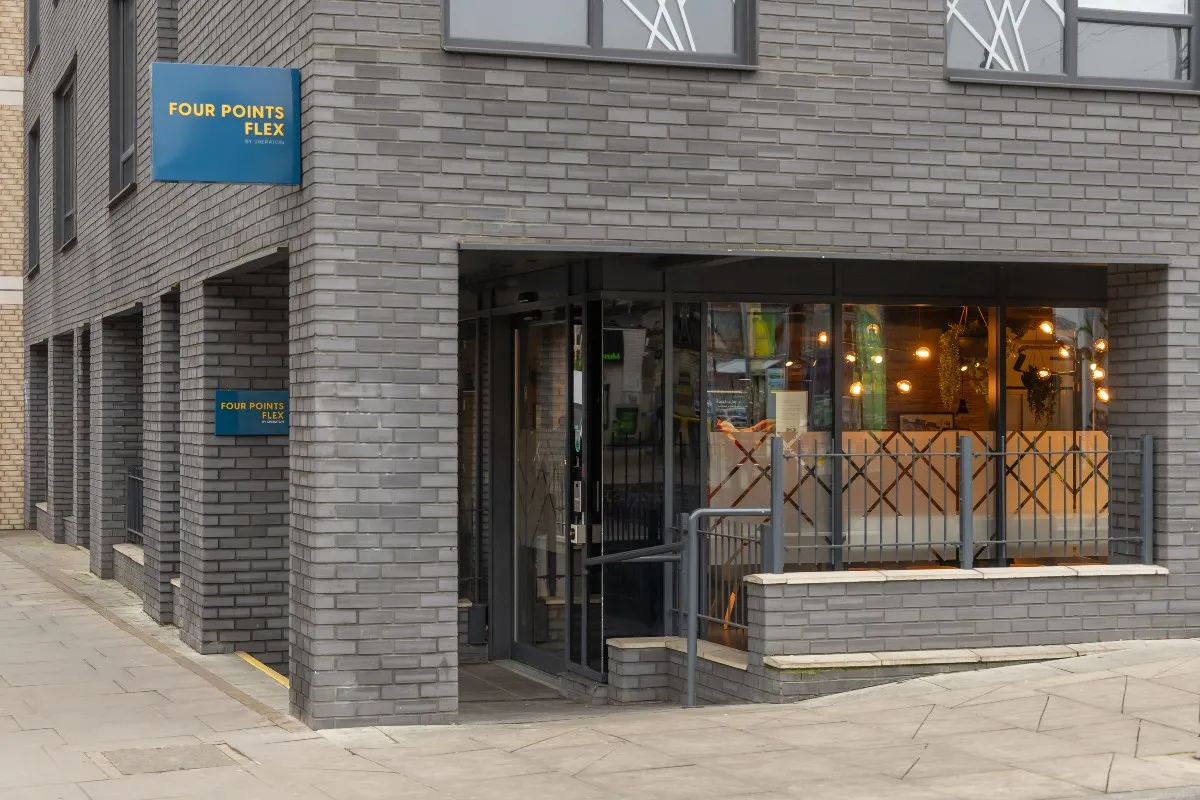Why Some Airlines Are Investing Big in Food for Their Best Passengers

Skift Take
During a recent focus group, Delta Air Lines shared several meals with prospective customers, asking which they thought might taste best. All were the same, but the presentation was different — from trays, to plate styles, to silverware.
It's probably no surprise customers thought food that looked best would be tastiest, so this spring, Delta will overhaul most of its service-ware in premium classes, adding new china and Alessi silverware.
"You literally put the same entree in front of the customer, and you have different bowls and trays and colors," said Lisa Bauer, Delta's vice president for onboard services. "If it's an overall dish that looks like it is microwavable, they don't think it's fresh. Food scores much higher when people are presented with something that doesn't look like it came out of a carton."
Delta is one of several North American airlines spending big bucks to overhaul how it prepares and presents meals for its most lucrative passengers. Delta already earns a slight premium on ticket sales compared to its peers, but long-term, Delta is hoping customers may pay even more if they know they'll get a fresh meal on longer flights.
"Delta has invested in the reliability of our airline to a huge degree," Bauer said. "Now it is food's time to occupy that No. 1 position. It's very strategic, and based on lots of research and testing."
Most culinary innovation is happening in business and first class, but that might be changing. Delta recently said it will be serving free food in coach on 12 of its longer — and most competitive — domestic routes. The program began March 1 on flights between New York and San Francisco and Los Angeles, with the other routes, including Seattle-Orlando, Los Angeles-Washington Reagan and Boston-San Francisco, set to get food in April. Even in coach, many customers on these routes, especially business travelers, pay high fares, and Delta wants to keep them content.
Skift recently spoke with executives at Air Canada and Delta about why North American airlines are investing in food, and what premium passengers expect from their airlines. Here is what we learned.

Air Canada's Business Class seat is about as good as it gets, so the airline is now focused on food.
Seats come first, then food.
For almost a decade, starting in around 2007, many airlines rushed to install luxurious all-aisle access business class seats. Most wanted to add a more spacious seat than the competition, leading to something resembling an arms race.
By now, many airlines have gone about as far as they can. There's still some innovation — next year Delta will introduce a seat with a sliding door for privacy — but most airlines no longer must install new seats every five years to keep pace with the competition. (One exception is United Airlines, which is only now starting a massive seat reconfiguration effort to match the industry standard.)
Instead of investing in new seats — each of which can cost $100,000 or more — many carriers are now spending on the soft product, including blankets, pillows and food. Air Canada is among many airlines that says its business class seat, at least for now, is about as good as it can get. But the airline admits there's more to do to improve its product.
"I think there's still a lot we can do from a food and beverage perspective," said Andrew Yiu, Air Canada's managing director for product design. "That's constantly evolving because what we see from a lot of customers are they want to have healthy food on board. They want to have quality wines. That's our most common request. They want to have better service, more consistency."
But not too healthy ...
An airline executive once joked that his carrier could overhaul its entire onboard menu, but would need to retain at least two items — Budweiser and potato chips.
He was speaking about coach, but the trend is similar up front. Customers might say in focus groups that they want microbrews and healthy snacks, but often on the airplane, where anxiety spikes, they go with comfort food.
The key is to have a mix of healthy and less healthy items, Yiu said.
"Always it's the ice cream and cake that goes first," he said. "I think when they define healthly food, it's more that they don't want that heavy pasta with the entrée. They might be willing to splurge on the dessert, but they want that salad, they want a lighter meal so they can eat something that's not as healthy for dessert."
At Delta, Bauer said the airline wants to give customers a choice.
"Someone might want a healthy salad and Bud and chips," she said. "What we hear from customers is, 'Give me some options. Delta, you don't tell me what I am going to eat. You let me make that decision."
Fresh is the real buzzword
In Delta's focus groups, customers did not always demand healthy food. But they were adamant about one thing — they wanted fresh.
Some however, had an unusual idea of what fresh meant.
"We would show them different meals, and we might show them lemons on a plate with shrimp," Bauer said. "The lemons signaled to the customer that it was fresh."
Essentially, customers didn't want the meal to look like a microwavable dinner.
"It is really about the colors on the plate," Bauer said "They wanted fruits and vegetables. Now, that could be paired with a nice big steak."
Improving cooking and plating
A couple of years ago, Air Canada started having business class flight attendants plate meals, as chefs might do in a restaurant. It is still airplane food, but it looks better.
Still, Yiu said he knows the airline has a long way to go before it can match a restaurant's consistency.
"Our vision is we want the customers to feel like they're sitting in a restaurant, dining like they're in a restaurant," he said. "We have limitations in terms of how we board food. But we want to put fresh food on board. We think we can get there. We're not quite there yet because of the limitations of the other things we have on board, food training, staff complement, that I think can be better."
At Delta, Bauer said she dreams of a day when airlines can ask passengers exactly how they want their food prepared.
"We want to get to the point where we can have customer cooked to order how they like their steak, versus everyone getting medium," she said.
But Delta is probably not there yet, she said. There are at least two problems: The cramped space flight attendants are working in, as well as older ovens that cook food inconsistently. "We have to work miracles in the small kitchens we have in the aircraft," she said.




